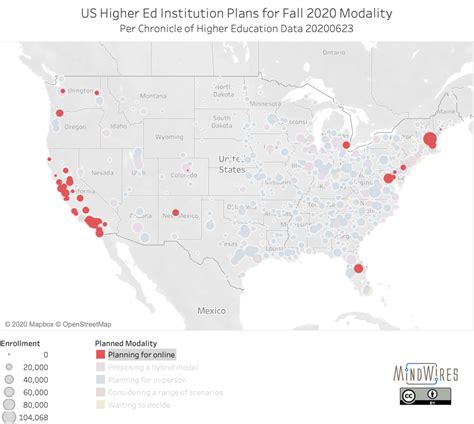Ever wondered where the best colleges are located across the United States? With our interactive college map, you can explore the vast array of higher education institutions and discover hidden gems that may not be on your radar. This guide will take you on a visual journey through the college landscape, empowering you to make informed decisions about your future.

Interactive Map of Colleges Across the Country
Our map provides a comprehensive overview of over 4,000 colleges and universities, pinpointing their exact locations and offering a wealth of information about each institution. Simply zoom in or out of the map, navigate by state or region, and click on college icons to access details such as:
- Name, location, and contact information
- Type of institution (public, private, for-profit)
- Student enrollment size
- Tuition and fees
- Majors and programs offered
- Notable alumni and faculty
- Campus life and amenities
Delving into College Rankings
Beyond the geographical distribution, our map also incorporates data from reputable college ranking organizations, enabling you to compare institutions based on various criteria. Hover over or click on the college icons to reveal their rankings in:
- U.S. News & World Report
- The Princeton Review
- Forbes
Understanding the College Landscape
The map paints a vivid picture of the higher education landscape, highlighting the concentration of colleges in certain regions and showcasing the diversity of institutions available. By exploring the map, you can:
- Identify colleges within a specific distance of your location
- Compare colleges based on size, type, and cost
- Discover specialized programs or majors that align with your interests
- Explore emerging trends in college rankings and educational offerings
Common Mistakes to Avoid
Navigating the college landscape can be daunting, but careful planning can help you avoid common pitfalls. Here are some mistakes to watch out for:
- Failing to research thoroughly: Don’t rely solely on rankings or reputation. Visit campuses, talk to students, and attend college fairs to gather firsthand information.
- Limiting your search geographically: Don’t limit yourself to colleges close to home. Explore institutions across the country to find the best fit for your needs.
- Choosing a college based solely on prestige: While rankings can provide valuable insights, they’re not the only factor to consider. Focus on finding a college that aligns with your interests, values, and financial capabilities.
- Not considering financial aid: Tuition and fees can vary significantly, so make sure to explore financial aid options and scholarships.
Frequently Asked Questions (FAQs)
Q: How can I find colleges offering a specific major?
A: Use the search bar on our map to enter the desired major and filter the results accordingly.
Q: Can I compare colleges based on student-to-faculty ratio?
A: Yes, hover over or click on the college icons to view their student-to-faculty ratios and other key statistics.
Q: How do I access virtual tours of college campuses?
A: Many colleges provide virtual tours on their websites. Check the college website or contact the admissions office for details.
Q: Can I save my favorite colleges for later reference?
A: Yes, create a free account on our website to save colleges and create your personalized college list.
Q: How often is the map updated with new information?
A: Our map is constantly updated with the latest data from college ranking organizations and other authoritative sources.
Q: Can I download the map as a PDF or spreadsheet?
A: Yes, you can download the college data in various formats, including PDF, CSV, and JSON.
Conclusion
Our college map is an invaluable resource for anyone embarking on the college search journey. By visualizing the distribution of colleges across the country, accessing ranking data, and avoiding common pitfalls, you can make informed decisions about your future. Remember to explore the map thoroughly, consider your interests and aspirations, and take advantage of the resources available to find the perfect college for you.
